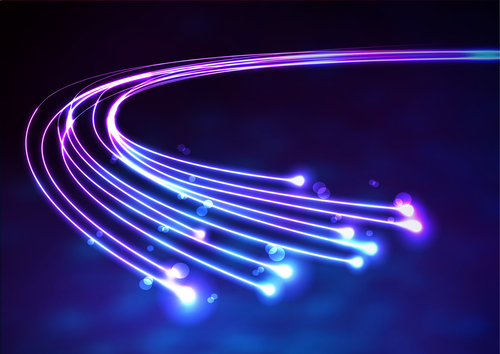
Google and Facebook Announce Transpacific Fiber Optic Network

In what is widely recognized as a milestone in fiber optic networking, Google has recently announced its plans to install a transpacific fiber optic network called the Pacific Light Cable Network (PLCN). The project is anticipated to be complete by 2018 and will stretch the oceanic span between Hong Kong and Los Angeles. The PCLN is expected to be the fastest fiber optic data network between the United States and Asia with a capacity of 120Tbits/sec. This doubles the current transpacific record, which is held by a Google-funded network known as the FASTER Cable System. While the FASTER network has enabled high-speed data transfer between the American Pacific Northwest and Japan, the PLCN will bring even faster speeds between the United States and the Asian mainland.
The PLCN project is a joint venture between Google, Facebook and Pacific Light Data Communication. When completed, the “PLCN will provide enough capacity for Hong Kong to have 80 million concurrent HD video conference calls with Los Angeles.” This is quite a feat, as it shows an example of its extensive capacity and allowance for increased internet traffic between the United States and Hong Kong.
Facebook has announced two transoceanic cable projects in the last year. In May, Facebook and Microsoft announced a partnership to install a new fiber optic data transfer between Virginia and Spain, dubbed MAERA (Spanish for “tide”), which will transfer data at speeds of 160 Tbits/sec. Increasingly, the social networking website is setting itself up as a major player in global infrastructure. Both the MAERA and PLCN networks point to the demand for reliable, high-speed global internet connections and the swiftly changing telecommunications landscape.






